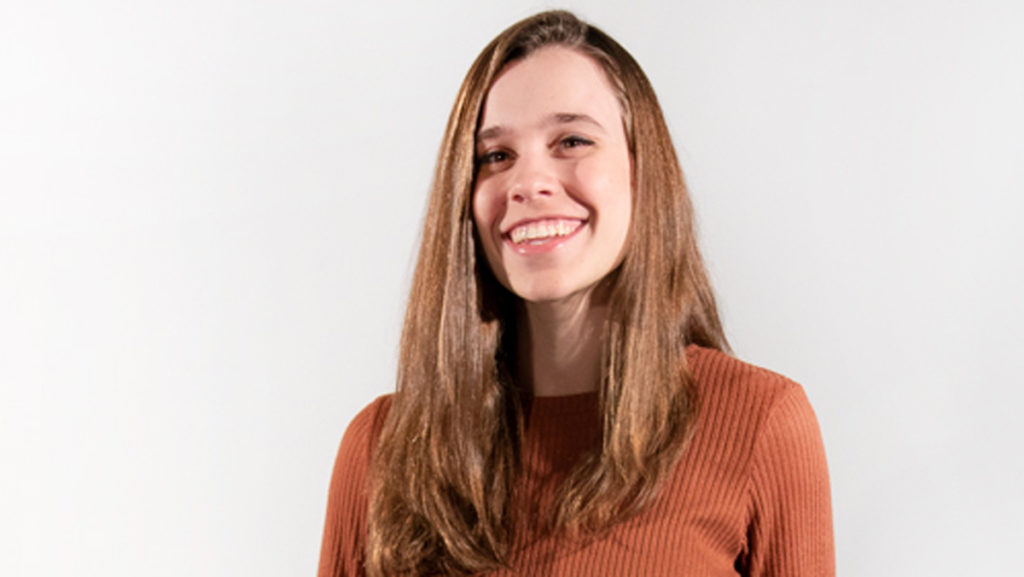When 64 Division I women’s basketball teams arrived in San Antonio for the NCAA national championship, they were expecting the royal treatment that men’s tournament players in Indianapolis had plastered across social media. However, instead of flexing their facilities, the players and coaches at the women’s tournament had to demand adequate training space and food on their social media accounts.
It is not hard to make jokes about how the men received a 500-piece puzzle in their “swag bags” while the women’s puzzle was only 150 pieces. The now-infamous photos of the single dumbbell tower serving as a weight room and of the “mystery meat” served at the women’s tournament made for an easy dunk on the NCAA, but the situation is much more insidious than a few substandard amenities. The inequities between the men’s and women’s sports in the NCAA run deep, and the unique circumstances of the pandemic are only exacerbating the problems that have existed for many years.
There are plenty of injustices that do not translate as well to viral online content. While subpar food and gym space are major issues for the women at this specific tournament, disparities in COVID-19 testing, media access and marketing are much longer-term problems.
It was revealed that the participants in the men’s tournament were receiving PCR COVID-19 tests, which are considered the most accurate test available. The NCAA’s choice to use rapid antigen tests, which are cheaper, for the women indicates a complete disregard for the health and safety of hundreds of individuals — athletes, coaches, cleaning crews, bus drivers and more.
Media members have also complained that there are no NCAA photographers at the women’s tournament until the Sweet 16 starting March 27. It was revealed that the organization does not allow the women’s tournament to operate under the “March Madness” branding that the men’s tournament uses. This dramatically limits the women’s tournament’s growth and profitability by excluding it from the name recognition and limiting media access. Even if outlets want to provide equal coverage of both tournaments, the NCAA has made that impossible. Since the term March Madness cannot be used, stories about the women’s tournaments will have weaker search engine optimization and social media performance, and smaller outlets will be unable to effectively report on the tournament at all if they cannot afford to send their own credentialed photographer.
The NCAA’s response to public backlash was arguably the most concerning part of the controversy. When posts about the weight room began to gain traction online, the organization stated that the women’s tournament venue lacked enough space for a full weight room. However, days later, the NCAA managed to miraculously procure a large space to fill with equipment comparable to the men’s.
This is not the only obvious lie that spokespeople for the organization have told over the past week. NCAA President Mark Emmert insisted that there was no different risk from using antigen versus PCR tests despite the FDA’s guidance. NCAA officials also initially told reporters that the women’s tournament chose not to use the March Madness branding, but the Wall Street Journal later reported that they denied a request from women’s basketball officials on at least one occasion to use the name.
The NCAA’s inability to get its story straight is incredibly telling. The only explanation for its backtracking and inconsistencies is that it was not prepared for the outrage. The NCAA did not expect anyone to be upset by the obvious and observable differences between the men’s and women’s tournaments.
This is the root of the problem. The NCAA knows that the inequity exists; it simply does not care. In a typical year, teams travel to sites around the country for March Madness games, so the issue is normally far less blatant, but the controlled bubble environment proves exactly how much less effort and fewer resources are dedicated to women’s sports than to men’s. According to the Washington Post, Emmert has agreed to an independent review of the inequities with this year’s tournament, but will that review address the systemic discrimination that has always existed within the organization? Dawn Staley, head coach of the University of South Carolina women’s basketball team, said it best in her statement addressing the situation.
“How can an organization that claims to care about ALL member institutions’ student–athlete experiences have a copyrighted term that only ‘represents’ one gender?” she wrote. “What we know now is that the NCAA’s season long messaging about ‘togetherness’ and ‘equality’ was about convenience and a soundbite…”




